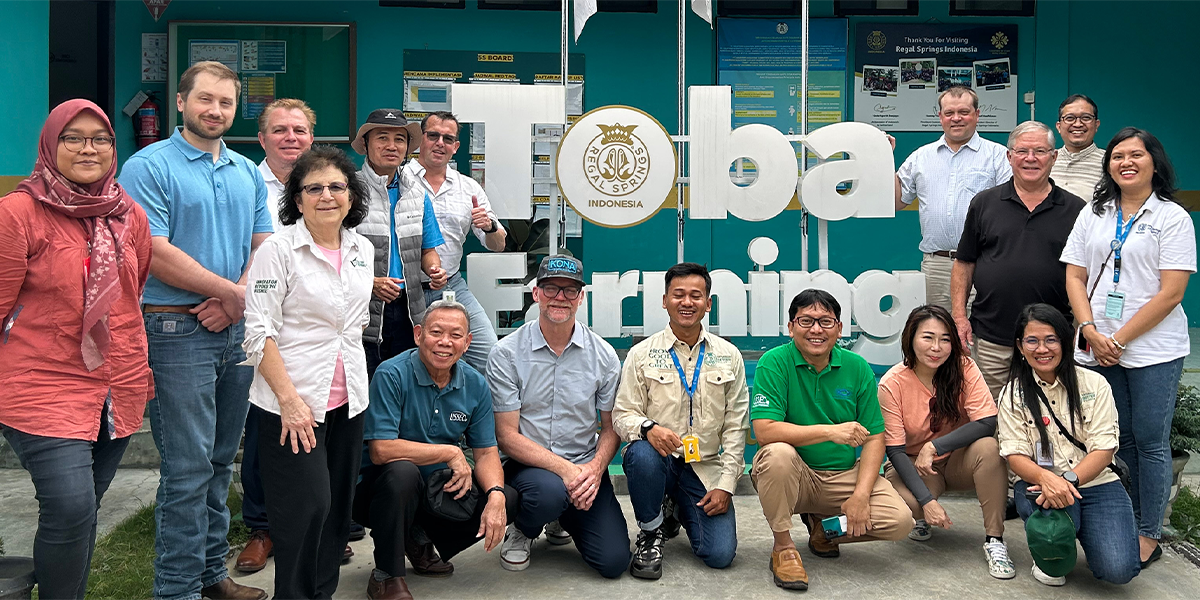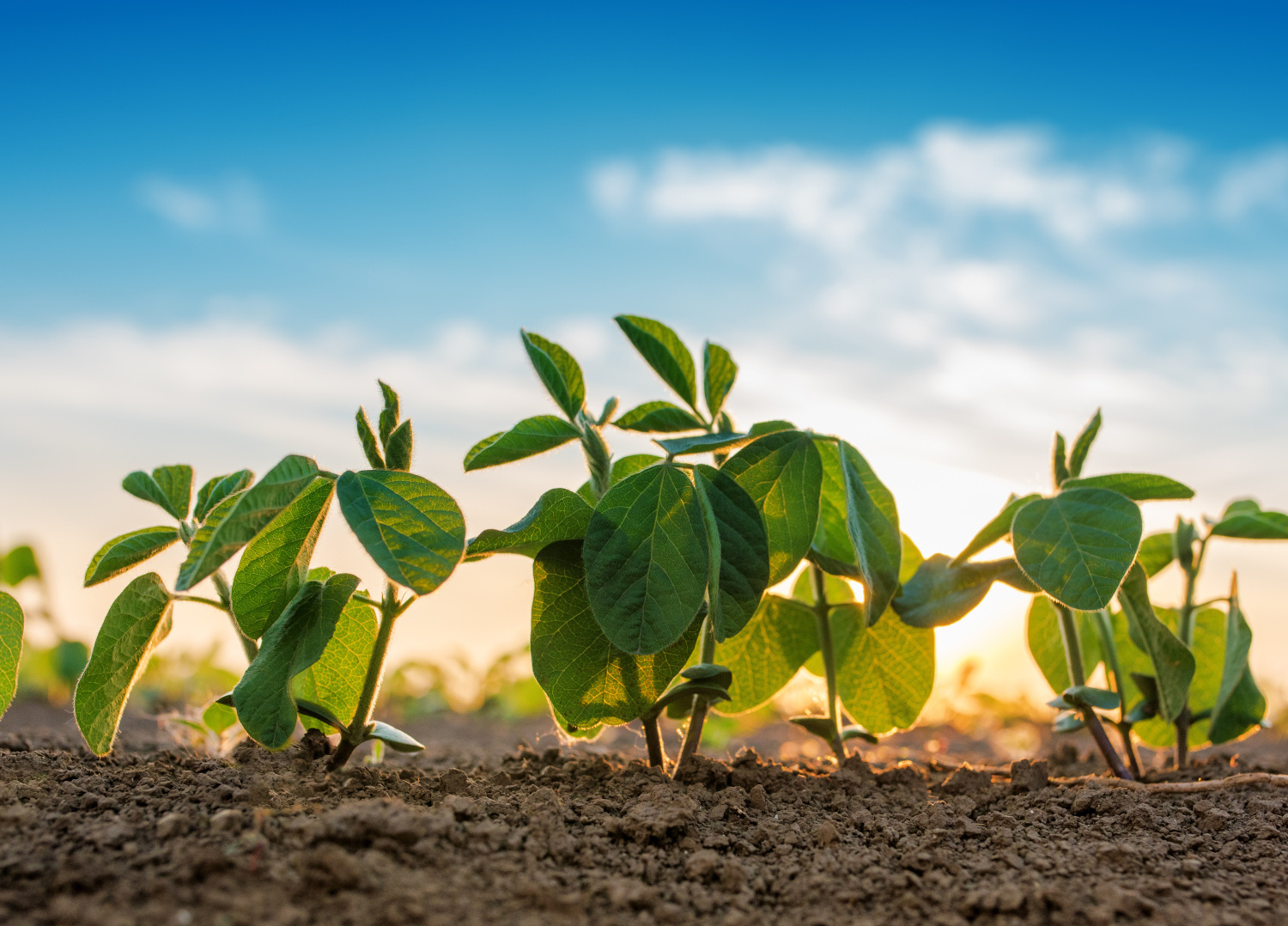
NSM leaders arrived in Indonesia just one year after their last visit ready to continue educating potential customers on the benefits of soybeans exported from the Pacific Northwest (PNW), as well as expanding the existing market.
A concern brought up throughout meetings was the level of crude protein in U.S. soybeans being lower when buyers test it, versus when the U.S. tests it. The U.S. and Indonesia use different methods to test the crude protein levels, which creates the discrepancy.
Instead of measuring the crude protein, the NSM team spent their time talking with the potential customers on using another method to measure the quality of soybeans.
NSM recognizes essential amino acids (EAA) as the most accurate way to determine soybean quality and promotes this value with potential customers. NSM invested grower checkoff funds to develop the system of measuring quality of northern-grown soybeans using Critical Amino Acid Value (CAAV) levels.
“It’s always good to meet the customer because they want to see the real person,” Wisconsin farmer Nancy Kavazanjian said. “They want to know that we’re real people, who are doing the real thing and that we care as much about our product as they care about the product, they buy from us. We need to continue to reinforce the idea that we know our products may be lower in crude protein, but we have a better amino acid profile.”
The first company they met with was FKS Multi Agro, the largest importer of soybean meal in Indonesia that has been importing U.S. soybeans since 2002.
NSM Treasurer/Secretary and Wisconsin Soybean Marketing Board Director Nancy Kavazanjian and NSM board member and Minnesota Soybean Research & Promotion Council Director Glen Groth worked on this trade mission, along with University of Minnesota Researcher Seth Naeve and poultry nutrition consultant Robert Swick.
“To see the difference we’re making with our checkoff money around the world, I am so honored that I’m able to see that firsthand,” Kavazanjian said. “I wish every soybean farmer in the U.S. could see what I see some days.”
Hendri Chandra, CEO of Sahabat Ternak Jaya, is aware of the benefits of U.S. soybeans and is currently feeding 60% U.S. soybean meal to around 600,000 laying hens. During the “Understanding U.S. Soy Quality” seminar in Medan, Kavazanjian presented Chandra with the license agreement to use the Fed with Sustainable U.S. Soy label on the egg cartons his company sells. The group was also able to see his operation and the eggs before they are put into cartons of 10 each.
Another business finding value in U.S. soybean meal is the Regal Springs Tilapia Farm on Lake Toba. The soybean meal fed to the tilapia is 100% U.S.-sourced, but only accounts for about 10% of the tilapia’s diet.
The tilapia are grown to 1.2 kilograms before being processed, packaged and shipped to the U.S. for sale at Costco.
“I thought it was valuable seeing the customer of our crop produce a product that ends up back on our own shelves,” Groth said. “I think that’s neat to have that full-circle moment.”
Rumah Tempe Aslie H.B. in Medan is another example of U.S. soybean use in Indonesia on a limited basis.
Tempeh is a traditional Indonesian food staple made mostly of fermented yellow soybeans that are fermented. It’s estimated that there are around 81,000 tempeh producers, producing 2.4 million tons of tempeh annually in Indonesia.
Visiting and touring several businesses around Jakarta and Medan showed the NSM group there is some U.S. soybean utilization, but in limited quantities leaving potential for growth.
Along on the trip were two guests from Ag Processing Inc.: Senior Export Trader Alvaro Cordero and Merchandiser Jarret Johnson. They were able to give examples and ideas to the customers for export costs of U.S. soybean meal.
When meeting with the various companies and potential customers, old connections were made as well.
In September 2023, a group of Southeast Asian buyers visited NSM Chair Patrick O’Leary’s farm in Minnesota during the NSM Midwest Crop Tour, which Naeve also attended.
The crop tour delegation, which included some of the same people NSM visited on this trade mission, visited during soybean harvest prep on O’Leary’s farm. He gave them a full tour of the farm, equipment and storage and highlighted the use of technology.
“It’s important to reconnect and to have that personal connection with people,” Naeve said. “But also, from a learning perspective to be able to repeat the message so that they understand things clearly over time is important.”


